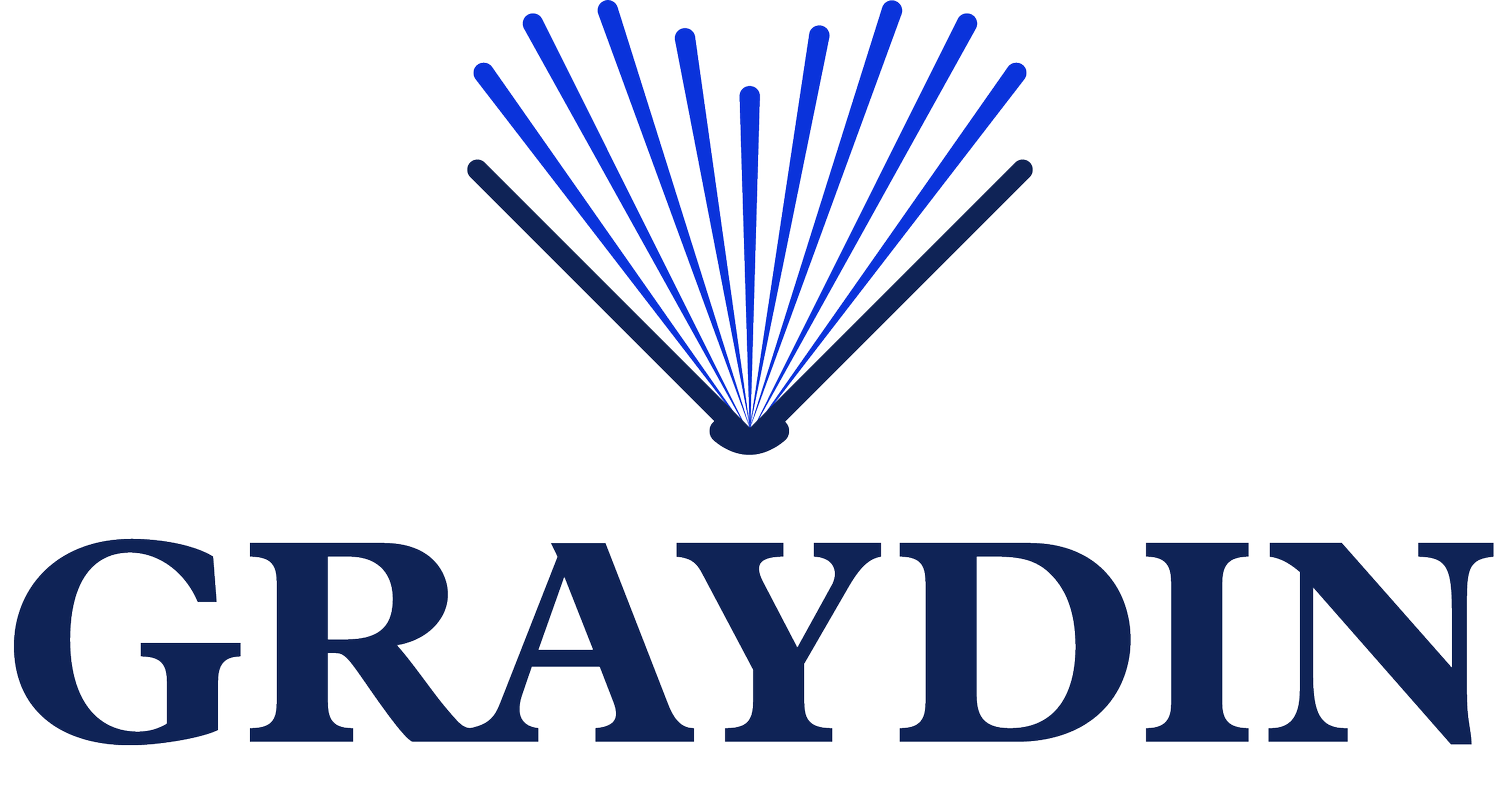One School’s Approach to Student Agency
When we hear about a school embedding coaching skills, whether for professional development, student academics or more, we can't resist the urge to share it with our wider community. We believe that stories like the one below are inspiring and destined to have a ripple effect.
THE PODCAST
I was recently listening to The LearnIt Podcast with the incredible Jenny Anderson. Podcast #34’s guest was Shonogh Pilgrim, former Principal of rural comprehensive Ansford Academy, who spoke with heart about designing for student agency. The podcast is extremely insightful, and below I’ve highlighted the main themes expressed as they relate to coaching.
‘When I started as the Head at Ansford,’ Shonogh expressed on The LearnIt Podcast, ‘I spoke with staff about what they wanted our kids to be like by the time they left us’. Consistently, staff expressed a desire for students to be independent with the skills and qualities necessary to have a really effective life. Committed to student agency, Ansford Academy in Castle Carry, United Kingdom, took a hard look not only at their school curriculum but at the way they supported their students. Through a lens of curiosity, they were confronted with a very important question: how do you give students the right amount of control to develop independence?
Having come across Kunskapsskolan in Sweden, Ansford adopted this approach to academic coaching, with the aim to empower their students to set and achieve their own academic goals. Faced with the challenge of limited time and money, they took a number of thoughtful actions. They decided to offer group coaching to students facilitated by a tutor trained in coaching skills; they provided time for students to reflect on their goals each day; and they found opportunities to give students independent learning time to achieve their goals.
Today, Ansford starts each year with a goal-setting conversation between three critical stakeholders — the coach, the parent and the student. Each meeting begins by looking at the student’s data from the previous year, followed by a discussion focused on the student’s academic goals and vision for the future. This conversation creates an opportunity for the student to set for themselves what Ansford refers to as a metal. A metal, whether bronze, silver, gold or platinum, is associated to a grade and set by the student.
The student’s role is to work towards achieving their desired metal by the end of the year and the teacher’s role is to work with the student to get there. This is a great way to empower students to take accountability, and as Shonogh expressed, there was one significant roadblock. Many teachers struggled with allowing students to set their own goals, especially when the goal the student set was higher than what the teacher expected they could achieve.
Having heard this story, we at Graydin understand the challenges that teachers often face when it comes to student agency and the need to relinquish control. How do we not only support students to be more autonomous and independent, how do we support teachers to give up elements of control and resist being the expert?
On The Anatomy: Foundational Coaching Course, we speak a lot about Graydin’s Forms of Help Spectrum and the power that comes from playing the role of the coach. In the past decade, we’ve found that the more teachers use coaching skills to helps students become experts on themselves, the more students feel empowered to achieve and grow. Great teachers support and connect with their students by championing them to flourish. Because, as Shonogh expressed, it is a teacher’s role to help a student achieve more than they think they are capable of!
